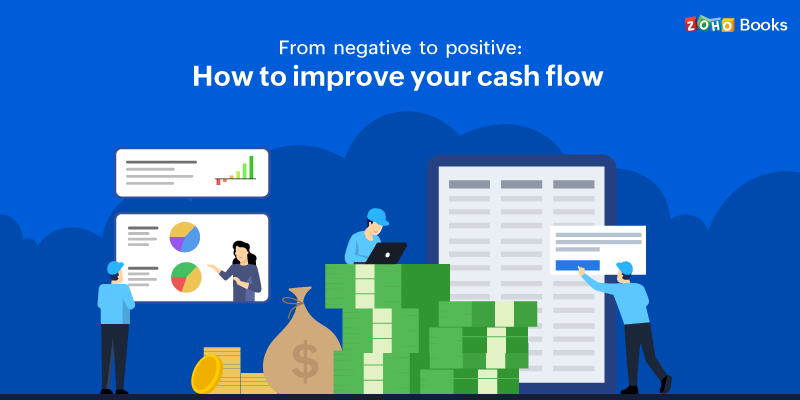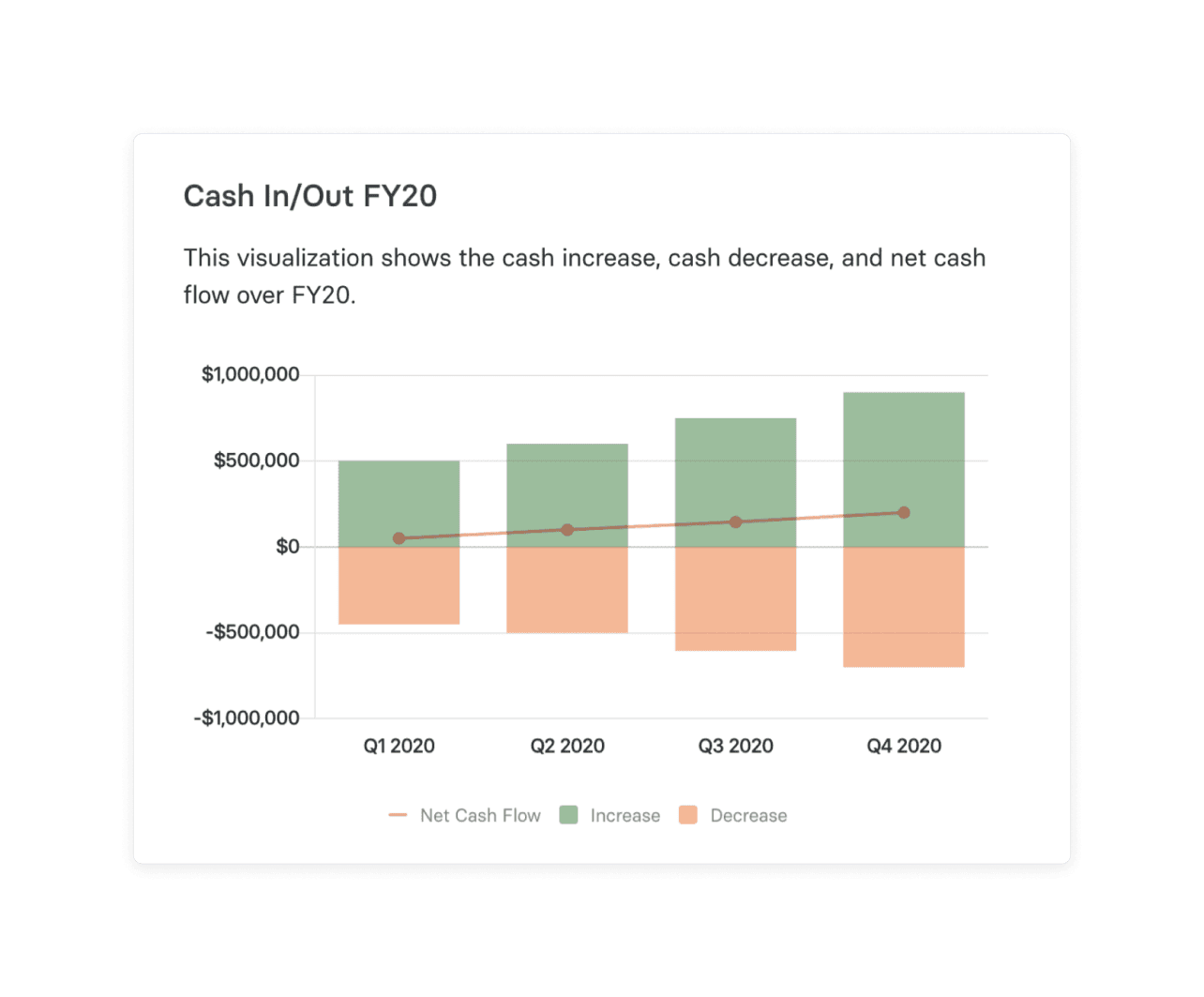Easy Invoice Factoring is a service that helps businesses release money from their invoices quickly and improve cash flow. This service is beneficial for businesses looking to spend less time chasing late payments and have more immediate access to funds.
Invoice factoring is a popular financing solution that allows businesses to unlock the cash tied up in their unpaid invoices. Easy Invoice Factoring, based in Austin, Texas, offers a quick and convenient way for businesses to access immediate funds by selling their unpaid invoices to a third party.
This service is especially helpful for businesses that struggle with cash flow or need access to funds for various expenses. By leveraging the value of their invoices, businesses can improve their cash flow and focus on growing their operations. We will explore the benefits and process of using Easy Invoice Factoring and how it can help businesses manage their finances more effectively.

Credit: issuu.com
What Is Invoice Factoring?
Invoice factoring is a financing solution that allows businesses to convert their unpaid invoices into immediate cash. It involves selling invoices to a third-party company, known as a factor, at a discounted rate. The factor then assumes the responsibility of collecting payment from the customers.
Definition Of Invoice Factoring
Invoice factoring, also referred to as accounts receivable factoring, is a financial transaction where a business sells its accounts receivable to a third-party factoring company. This allows the business to obtain immediate cash flow rather than waiting for customers to pay their invoices.
Benefits Of Invoice Factoring
There are several benefits of invoice factoring for businesses:
- Improved Cash Flow: Invoice factoring provides immediate cash, allowing businesses to meet their financial obligations, such as paying employees, purchasing inventory, and investing in growth.
- Reduced Administrative Burden: By outsourcing the collection process to the factoring company, businesses can save time and resources that would otherwise be spent on chasing late payments and managing accounts receivable.
- No Need for Credit Checks: Unlike traditional loans, invoice factoring is based on the creditworthiness of the customers rather than the business itself. This makes it accessible to businesses with less-than-perfect credit.
- Flexible Funding: Invoice factoring allows businesses to access funds quickly and on an as-needed basis. The amount of financing available is directly tied to the value of the outstanding invoices.
- Growth Opportunities: With improved cash flow, businesses can seize growth opportunities, such as expanding their operations, launching new products, or investing in marketing initiatives.
Overall, invoice factoring provides businesses with a convenient and flexible way to access the funds tied up in their unpaid invoices. It offers a viable alternative to traditional financing options and can be particularly beneficial for businesses that experience cash flow challenges due to slow-paying customers.
Getting Started With Invoice Factoring
Invoice factoring is a beneficial financial solution for businesses looking to improve their cash flow and reduce the time spent on chasing late payments. It allows businesses to release money from their invoices quickly and efficiently. If you are considering invoice factoring, here is a step-by-step guide on how to get started:
Application Process
The first step in getting started with invoice factoring is completing the application process. This usually involves providing basic information about your business, such as your company name, contact details, and financial history. Some factors may also require additional documentation, such as proof of invoices and customer information. Once you’ve submitted your application, the factoring company will review it and assess your eligibility.
Submitting Invoices
After you’ve been approved for invoice factoring, the next step is to submit your invoices to the factor. This can be done through various methods, such as uploading them through an online portal or sending them via email. It’s crucial to ensure that your invoices are accurate, complete, and include all necessary details, such as the invoice number, payment terms, and customer information. Once the factor receives your invoices, they will verify them and initiate the funding process.
Collection And Release Of Funds
Once the factor has received and verified your invoices, they will start the collection process. This involves contacting your customers and notifying them about the change in payment instructions. The factor will then release a percentage of the invoice value, known as the advance rate, to your business. The remaining balance, minus the factoring fees, is held in reserve. Once your customers have paid their invoices in full, the factor will release the reserve to you, deducting their fees.
Invoice factoring is a straightforward and efficient way to improve your cash flow and streamline your business operations. By following these steps and partnering with a reputable factoring company, you can start benefitting from easy invoice factoring today.
Types Of Invoice Factoring
When it comes to invoice factoring, there are two main types that businesses can choose from: recourse factoring and non-recourse factoring.
Recourse Factoring
Recourse factoring is the most common type of invoice factoring. In this arrangement, the business selling its invoices (known as the “seller”) retains the responsibility for any unpaid invoices. If the customer fails to pay, the seller must buy back the invoice from the factoring company.
With recourse factoring, the factoring company does not take on the risk of non-payment. Instead, they advance the funds to the seller based on the value of the invoices, minus a fee. If the customer fails to pay, the factoring company will notify the seller, who then must repay the advanced funds.
Recourse factoring is typically easier to qualify for and has lower fees compared to non-recourse factoring. It is a popular choice for businesses with strong customer relationships and a history of reliable payments.
Non-recourse Factoring
Non-recourse factoring offers a higher level of protection to the seller. In this arrangement, the factoring company assumes the risk of non-payment. If the customer fails to pay, the factoring company absorbs the loss, and the seller is not required to buy back the invoice.
Due to the higher risk involved, non-recourse factoring is generally more expensive and has stricter qualification requirements. Factoring companies may perform additional due diligence to assess the creditworthiness of the customers before approving non-recourse factoring.
Non-recourse factoring is a suitable choice for businesses that want to transfer the risk of non-payment to the factoring company. It provides peace of mind and can be especially beneficial for businesses dealing with customers that have a higher likelihood of payment disputes or financial difficulties.

Credit: www.zoho.com
Invoice Factoring And Quickbooks
The integration of invoice factoring with QuickBooks provides businesses with a streamlined and efficient way to manage their cash flow. By leveraging QuickBooks invoice factoring, companies can easily convert their outstanding invoices into immediate working capital, enabling them to address pressing financial needs and seize growth opportunities without waiting for the payment of outstanding invoices.
Quickbooks Invoice Factoring Integration And Benefits
Integrating invoice factoring with QuickBooks brings a range of benefits to businesses. The seamless integration streamlines the process of managing invoices, providing a more efficient and transparent way to handle cash flow. With real-time syncing between QuickBooks and the factoring platform, companies can gain instant access to funds while ensuring accurate and up-to-date financial records.
Benefits Of Quickbooks Invoice Factoring Integration
- Real-time syncing between QuickBooks and the factoring platform
- Immediate access to working capital from outstanding invoices
- Streamlined cash flow management
- Transparent and accurate financial records
- Efficient and hassle-free process
Choosing An Invoice Factoring Company
When choosing an invoice factoring company, several factors must be taken into consideration to ensure the right fit for your business. Understanding these factors will enable you to make an informed decision that aligns with your company’s financial goals and needs.
- Industry Expertise: Look for a factoring company that specializes in your industry, as they will have a better understanding of your specific needs and challenges.
- Rates and Fees: Compare the rates and fees offered by different factoring companies to find the most competitive and cost-effective solution for your business.
- Customer Service: Consider the quality of customer service and support provided by the factoring company, as responsive and helpful assistance can be crucial in addressing any concerns or issues.
- Contract Terms: Review the contract terms, including the duration and flexibility of the agreement, to ensure it aligns with your business requirements.
- Reputation: Research the reputation and track record of potential factoring companies through customer reviews, testimonials, and industry feedback.
| Company | Industry Specialization | Customer Ratings |
|---|---|---|
| Company A | Manufacturing | 4.5/5 |
| Company B | Transportation | 4.8/5 |
| Company C | Healthcare | 4.3/5 |

Credit: www.mosaic.tech
Frequently Asked Questions For Easy Invoice Factoring
Is Invoice Factoring A Good Idea?
Invoice factoring can be a good idea for businesses looking to improve cash flow, release money from invoices quicker, and spend less time chasing late payments. It offers a way to access immediate working capital and can be beneficial for businesses in various industries.
How Do I Start An Invoice Factoring?
To start an invoice factoring, follow these steps: 1. Complete the application process and set up your account. 2. Submit your invoices to the factoring company. 3. The factoring company collects payment from your customers. 4. Once payment is received, the factoring company releases the reserve funds.
Invoice factoring is a good idea for businesses that want to improve cash flow and save time chasing late payments.
What Are The 2 Types Of Invoice Factoring?
The two types of invoice factoring are recourse and non-recourse factoring. Recourse factoring involves the business being responsible for any unpaid invoices, while non-recourse factoring shifts that responsibility to the factoring company.
Does Quickbooks Offer Invoice Factoring?
No, QuickBooks does not offer invoice factoring.
Conclusion
Invoice factoring is a simple and effective solution for businesses looking to improve their cash flow and access working capital quickly. By selling their invoices at a discounted price, businesses can release funds tied up in unpaid invoices and avoid the hassle of chasing late payments.
With easy invoice factoring, businesses can focus on growth and success without worrying about financial constraints. Find out how invoice factoring can benefit your business and secure the funding you need today.